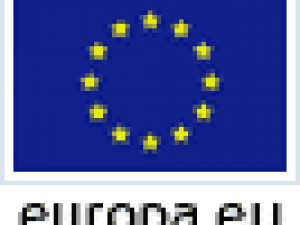About the work on Responsible Management of the Supply Chains in the Garment Sector

The European Year for Development 2015 provided the European Commission (EC) with the opportunity to take the lead in mobilising stakeholders on major challenges such as poverty eradication and sustainable development. In this spirit, the ECstarted exploring the opportunitiesto engage in andjoin forces with all relevant stakeholderson responsible management of the supply chain in the garment sector.
Why the garment sector?
Global value chains are becoming more and more complex and fragmented. A simple cotton t-shirt travels thousands of kilometres along the fashion supply chain before it ends up in a store. Hundreds of people have a hand in its production. The European Union is the world’s largest market. Whenever we buy a cotton T-shirt in a store, we will likely affect many people along its supply chain.We therefore have a responsibility to ensure that our choices are not detrimental to human rights, labour rights, environmental protection and economic opportunity, in line with the Sustainable Development Goals (SDGs) in the context of the 2030 Agenda for Sustainable Development. In short, we need supply chains that are responsible.
Are you taking action?
Many stakeholders are already engaged and committed to bring about change, such as EU Member States and initiatives by and in garment producing countries, from the private sector, NGOs, trade unions and international organisations, such as ILO and OECD. It is an area where much progress is still needed.
The EC is already engaging on more sustainable supply chains, including in the garment sector. We want to take further action, building on existing international guidelines, EU regulations and stakeholders' inputs, to improve coordination and communication, step up efforts and highlight existing successful initiatives, with a view to avoid fragmented approaches.
Which are the objectives of EU action?
The main objective is to foster improvements in the garment sector concerning environmental and labour conditions and human rights, including a strong gender focus. A garment initiative would stimulate all relevant actors to step up efforts, through an optimal use of existing instruments, policies and practices at international and EU level, including dialogue and development assistance in garment producing countries.
It is a joint responsibility!
Governments, businesses, citizens and international organisations need to confront and act on social, human rights and environmental risks in global garment supply chains, like child labour, unsafe factories, and water pollution. It is the responsibility of all actors in each country in the garment supply chain to ensure that the way we produce and consume our clothes is more sustainable. We still have a long way to go.
Does it suit you?
If yes…don't lose time! Let's engage together to achieve successful and sustainable outcomes.

